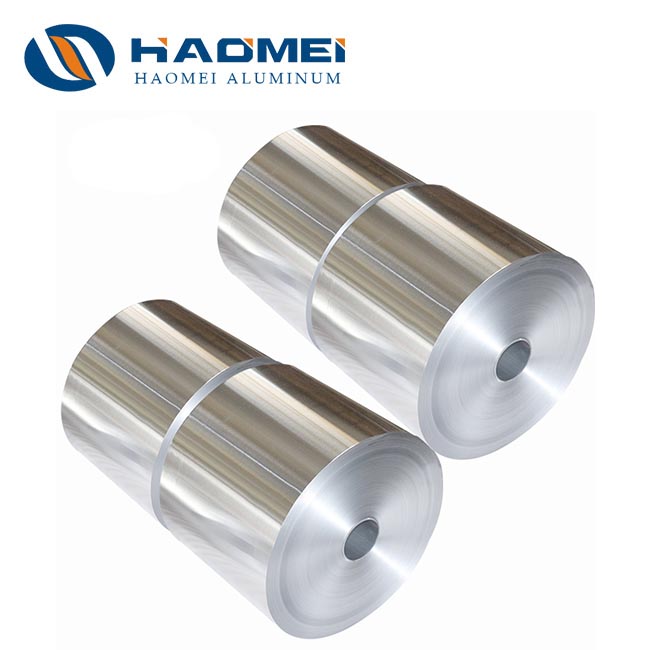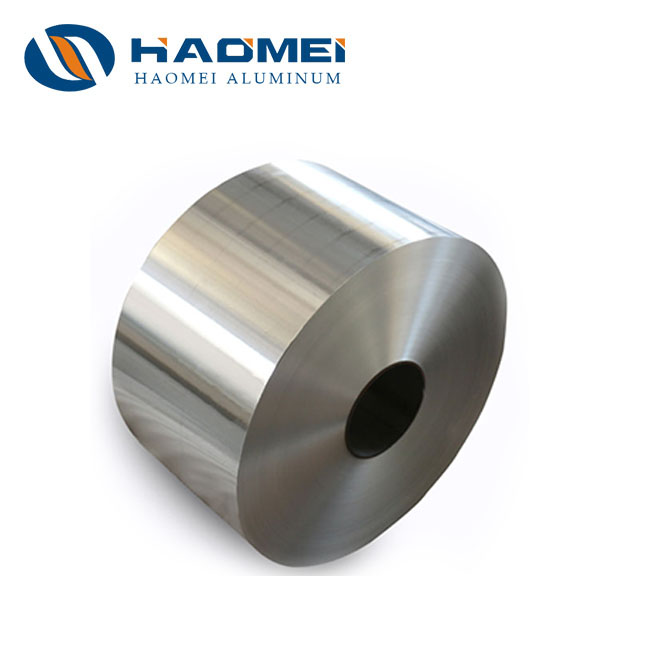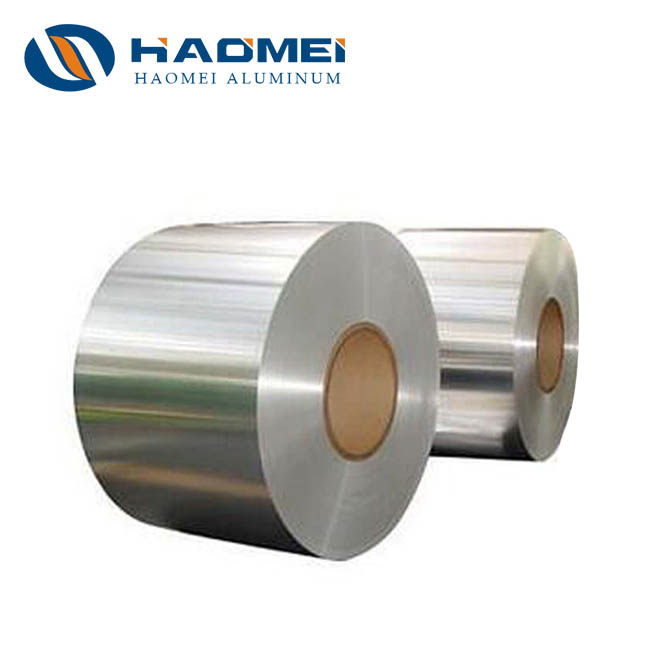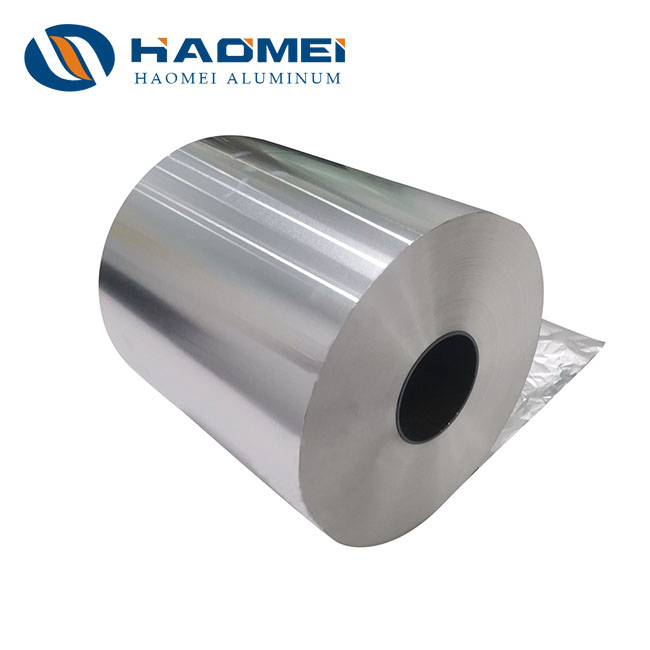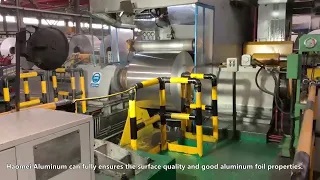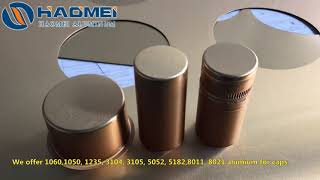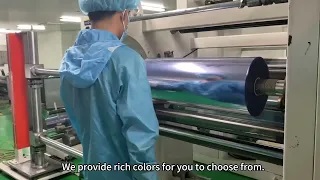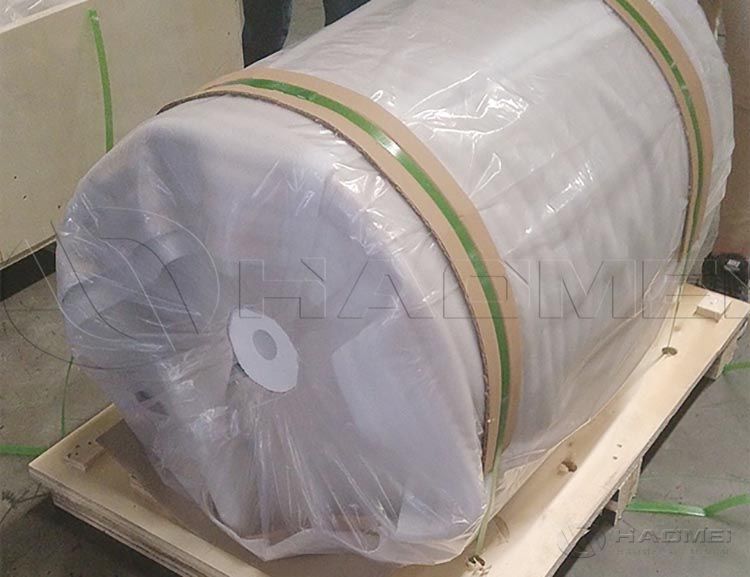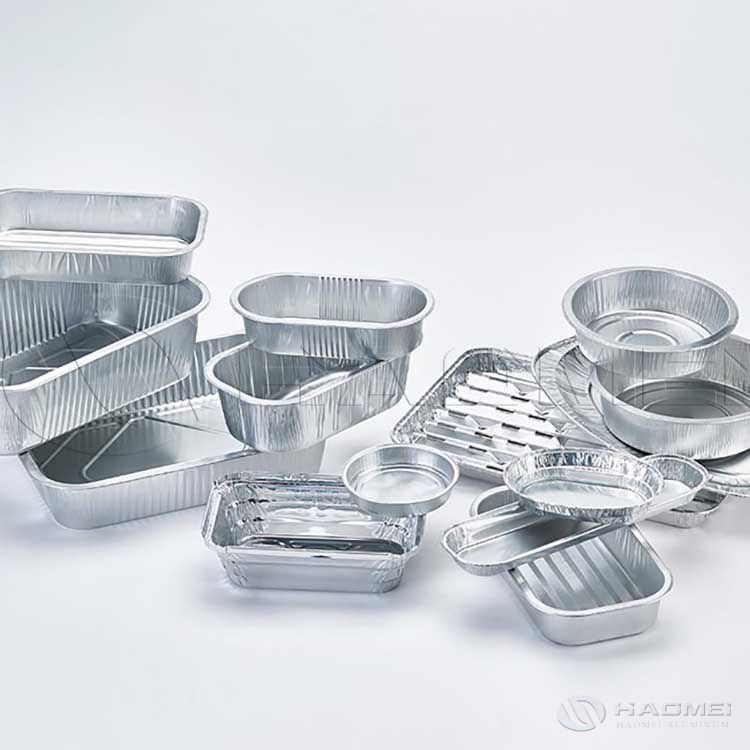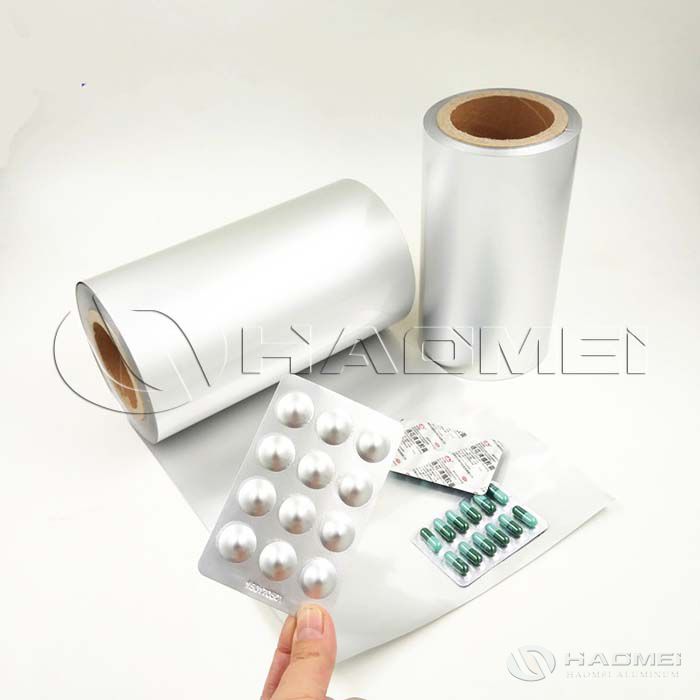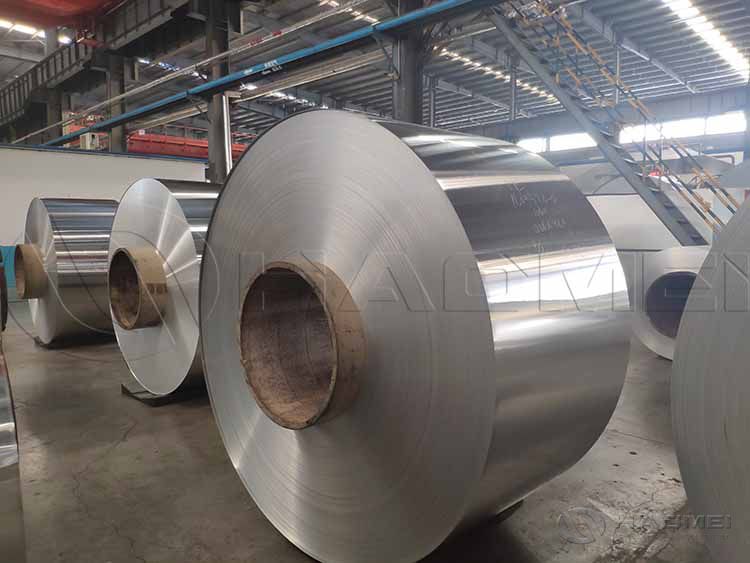Different Forms of Aluminum Foil Package
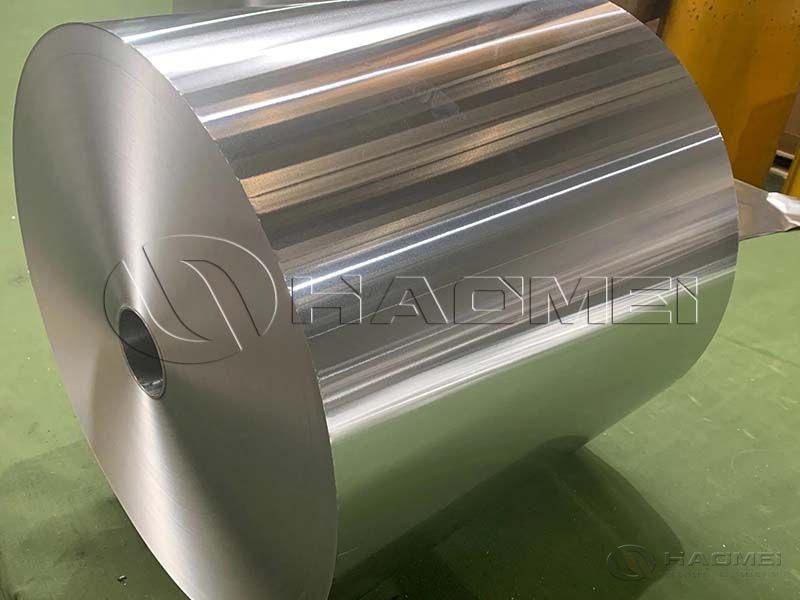
In the modern packaging industry, aluminum foil, thanks to its excellent barrier properties, ductility, and environmental friendliness, has become an ideal choice for a wide range of packaging formats. From everyday takeout containers to flexible packagin
In the modern packaging industry, aluminum foil, thanks to its excellent barrier properties, ductility, and environmental friendliness, has become an ideal choice for a wide range of packaging formats. From everyday takeout containers to flexible packaging for food and medicine, aluminum foil package plays an irreplaceable role.

Common advantages of aluminum foil packaging
Firstly, one of aluminum foil's core advantages is its exceptional barrier properties. It effectively blocks oxygen, moisture, light, and microorganisms, providing excellent protection for the product inside and extending its shelf life. Secondly, aluminum foil's excellent ductility allows it to be processed into a variety of shapes and thicknesses to meet diverse packaging design requirements.
Furthermore, aluminum foil offers excellent thermal conductivity, which is particularly important for heating packaging. Furthermore, aluminum foil is recyclable, aligning with current environmental sustainability priorities. These common advantages have earned aluminum foil a prominent position in the packaging industry.
Aluminum foil food container
Aluminum foil food container are one of the most common aluminum foil packaging options in our daily lives, widely used for takeout, fast food, and prepared food packaging. Because aluminum foil food container come into direct contact with food and often involve heating (such as in microwave ovens) and impact during transportation, the requirements for the foil in these containers focus on the following aspects:
1. Sufficient strength and stiffness to prevent deformation and breakage
During transportation and use, aluminum foil food container must withstand certain pressures and impacts. If the foil is not strong enough, it can easily deform, dent, or even break, which not only affects the appearance but may also cause food to leak.
Therefore, the aluminum foil used in aluminum foil food container typically has high strength and stiffness, typically using hard or semi-hard aluminum foil with a thickness of 0.03-0.08mm. This type of foil undergoes proper rolling and heat treatment, ensuring it maintains a stable shape after forming and resists deformation even when loaded with heavy food or subjected to minor impacts.
2. Excellent temperature resistance to accommodate heating applications
Aluminum foil food container are often used in microwave ovens, ovens, or steamers, requiring excellent temperature resistance. The melting point of ordinary aluminum foil is approximately 660°C, which is fully capable of meeting the requirements of everyday heating temperatures (microwave heating temperatures are generally between 100-250°C, and oven baking temperatures are generally between 150-250°C).
However, it is important to note that the aluminum foil used in aluminum foil food container must not be processed with impurities or coatings that would affect its heat resistance, ensuring that no harmful substances are released at high temperatures to ensure food safety. Furthermore, the aluminum foil must have uniform thermal conductivity to avoid localized overheating during heating, which could affect the heating of food.
3. Excellent formability to accommodate diverse shapes
Aluminum foil food container come in a variety of shapes, including round, square, rectangular, and oval. Some also feature lids or dividers, placing high demands on the foil's formability. Aluminum foil with good formability can be smoothly formed into the desired shape during stamping and stretching processes without cracking, wrinkling, or breaking.
To ensure good formability, the aluminum foil used in aluminum foil food container typically has good plasticity. During the rolling process, the grain size and distribution are carefully controlled to ensure uniform deformation during processing. Furthermore, the surface quality of the aluminum foil is crucial. A smooth surface free of scratches and impurities makes it easier to form, and the finished lunch box has a more aesthetically pleasing appearance.
Flexible packaging aluminum foil
Flexible packaging aluminum foil is primarily used for packaging food (such as potato chips, chocolate, and milk powder), pharmaceuticals (such as capsules and tablets), and cosmetics. It is often laminated with plastic films (such as polyethylene, polypropylene, and polyester) or paper to create multi-layer flexible packaging. Unlike aluminum foil food container, flexible packaging aluminum foil focuses more on barrier properties, flexibility, and composite performance. Specific requirements are as follows:
1. Ultra-high barrier properties to isolate products from external influences
The core function of flexible packaging is to protect products from oxygen, moisture, light, and odors. Therefore, flexible packaging aluminum foil must possess ultra-high barrier properties. To achieve optimal barrier properties, flexible packaging aluminum foil typically uses a thin, soft aluminum foil thickness (typically between 0.006 and 0.02mm).
Despite its thinness, aluminum foil's inherent metallic properties provide excellent barrier properties, effectively blocking oxygen and moisture penetration, preventing product oxidation and deterioration. Furthermore, aluminum foil offers strong resistance to light (especially UV rays), protecting products (such as pharmaceuticals and certain foods) from damage and maintaining their stability and quality.
2. Good flexibility to adapt to packaging shapes
Flexible packaging often requires folding, bending, or squeezing to fit the product's shape. Therefore, flexible aluminum foil must possess excellent flexibility to withstand repeated folding and bending during processing and use without breaking.
Soft aluminum foil exhibits excellent flexibility and high elongation, allowing it to deform under external forces without breaking. Furthermore, the surface of flexible packaging aluminum foil must be smooth and flat, free of creases and wrinkles. This ensures a smooth, crease-free lamination with other materials, preventing bubbles and delamination that could affect the overall performance of the packaging.
3. Excellent lamination properties ensure a stable multi-layer structure
Flexible packaging aluminum foil is often laminated with plastic film or paper to form a multi-layer structure, so its lamination properties are crucial. Aluminum foil with excellent lamination properties can bond tightly with other materials, preventing delamination and ensuring the overall barrier and sealing properties of the packaging.
To improve the lamination properties of aluminum foil, the surface is typically pretreated, such as by degreasing, cleaning, and passivation, to remove surface oil and impurities, increase surface activity, and enhance bonding strength with the adhesive.
Furthermore, the surface tension of the aluminum foil must meet certain requirements, generally above 38-42 dyn/cm, to ensure uniform coating and good adhesion of the adhesive, thereby improving lamination strength.
Inquiry
Products Category
Latest Application
-
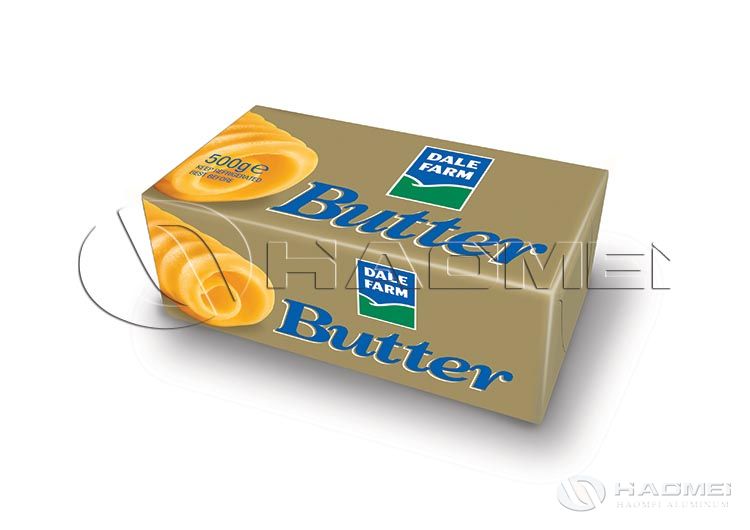 Why butter aluminum foil is neededButter aluminum foil blocks oxygen, moisture, and light, effectively preventing butter from oxidizing and spoiling, preserving nutrients, and significantly extending its shelf life. High-end products can see their sh
application
Why butter aluminum foil is neededButter aluminum foil blocks oxygen, moisture, and light, effectively preventing butter from oxidizing and spoiling, preserving nutrients, and significantly extending its shelf life. High-end products can see their sh
application
-
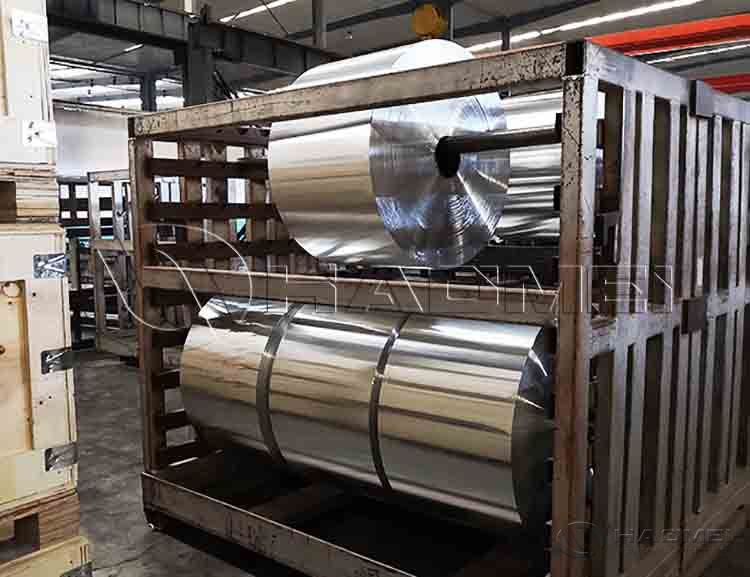 Cables are usually composed of conductors, insulation layers, shielding layers, and sheaths. Aluminum foil for cable is generally located outside the insulation layer as part of the shielding layer. It fits tightly to the surface of the insulation la
application
Cables are usually composed of conductors, insulation layers, shielding layers, and sheaths. Aluminum foil for cable is generally located outside the insulation layer as part of the shielding layer. It fits tightly to the surface of the insulation la
application
-
Aluminum Gold Foil Paper For Chocolate Wrapping
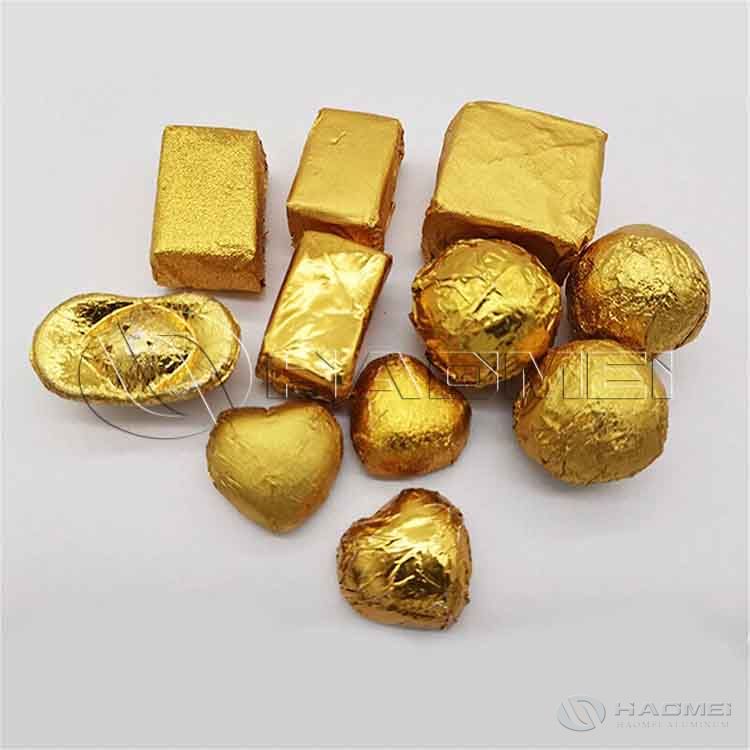 When is aluminum foil used for chocolate wrappingThe use of aluminium foil food for chocolate can be traced back to the early 20th century. In 1911, Swiss candy companies began to wrap chocolate with aluminum foil, gradually replacing the tin foil. T
application
When is aluminum foil used for chocolate wrappingThe use of aluminium foil food for chocolate can be traced back to the early 20th century. In 1911, Swiss candy companies began to wrap chocolate with aluminum foil, gradually replacing the tin foil. T
application
-
PVC Rigid Film and Aluminum Foil for Medicine Packaging
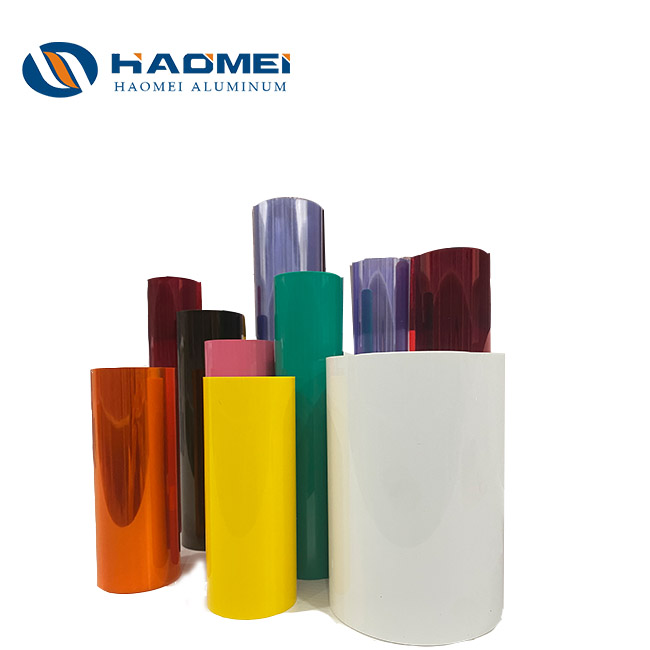 Haomei Aluminum provides different types of aluminum foil and plastic rigid films like PTP aluminum foil, cold forming foil, tropical foil, PVC rigid film, PE/PET film,etc. Best Price! Inquire now.
application
Haomei Aluminum provides different types of aluminum foil and plastic rigid films like PTP aluminum foil, cold forming foil, tropical foil, PVC rigid film, PE/PET film,etc. Best Price! Inquire now.
application
-
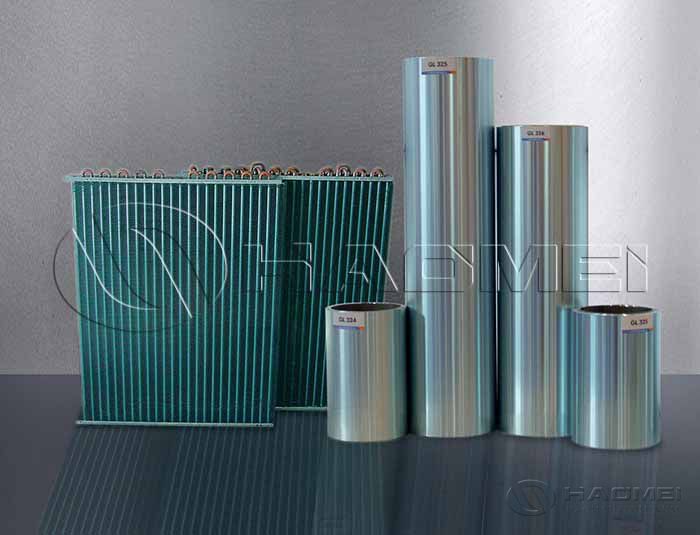 Haomei Aluminum offers you different colors of air conditioner aluminum foil like hydrophilic aluminum foil, including1100/ 3003 /8006/8011 aluminum foil,etc. Learn more.
application
Haomei Aluminum offers you different colors of air conditioner aluminum foil like hydrophilic aluminum foil, including1100/ 3003 /8006/8011 aluminum foil,etc. Learn more.
application
Latest Blog
-
Aluminum or Tin Foil for Capacitor
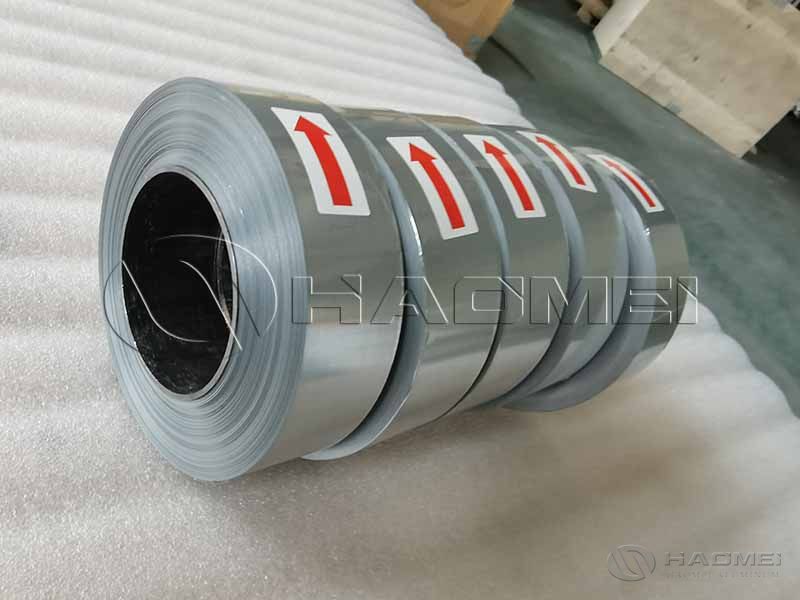 Among the core materials of capacitors, the choice of electrode metal foil is particularly crucial. When metal foil is mentioned, many people first think of tin foil, but in the capacitor manufacturing industry, capacitor aluminum foil has long been the a
Blog
Among the core materials of capacitors, the choice of electrode metal foil is particularly crucial. When metal foil is mentioned, many people first think of tin foil, but in the capacitor manufacturing industry, capacitor aluminum foil has long been the a
Blog
-
What Are Uses of Heavy Aluminum Foil
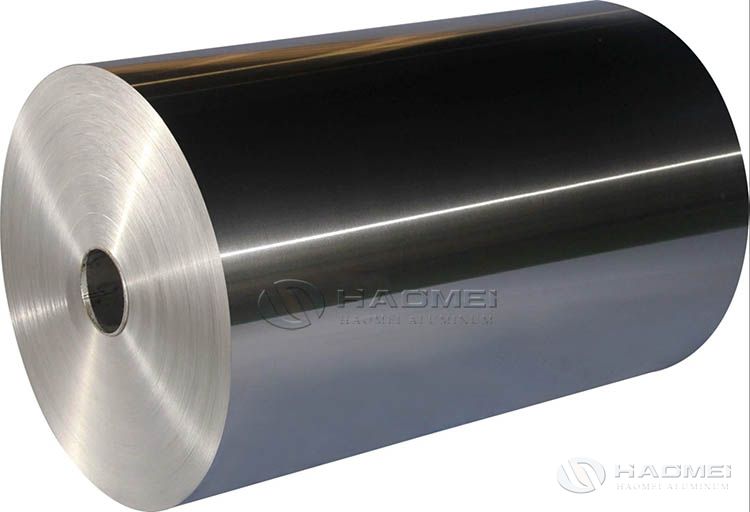 Heavy aluminum foil is still a thin sheet material made of aluminum and aluminum alloys through rolling. According to industry standards, aluminum foil is usually classified based on thickness: aluminum foil with a thickness of less than 0.1 mm is ca
Blog
Heavy aluminum foil is still a thin sheet material made of aluminum and aluminum alloys through rolling. According to industry standards, aluminum foil is usually classified based on thickness: aluminum foil with a thickness of less than 0.1 mm is ca
Blog
-
Blister Packaging: Aluminum foil and PVDC PVC
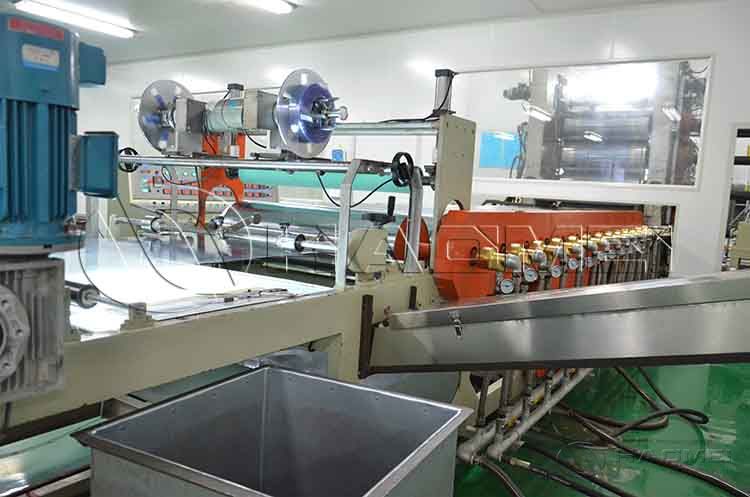 Opening a medicine box, the pills and capsules encased in transparent "bubbles" always give a sense of reassurance; opening a snack bag, individually wrapped candies and nuts are often hidden in similar packaging. This packaging format, which co
Blog
Opening a medicine box, the pills and capsules encased in transparent "bubbles" always give a sense of reassurance; opening a snack bag, individually wrapped candies and nuts are often hidden in similar packaging. This packaging format, which co
Blog
-
Heavy Duty Aluminum Foil For BBQ
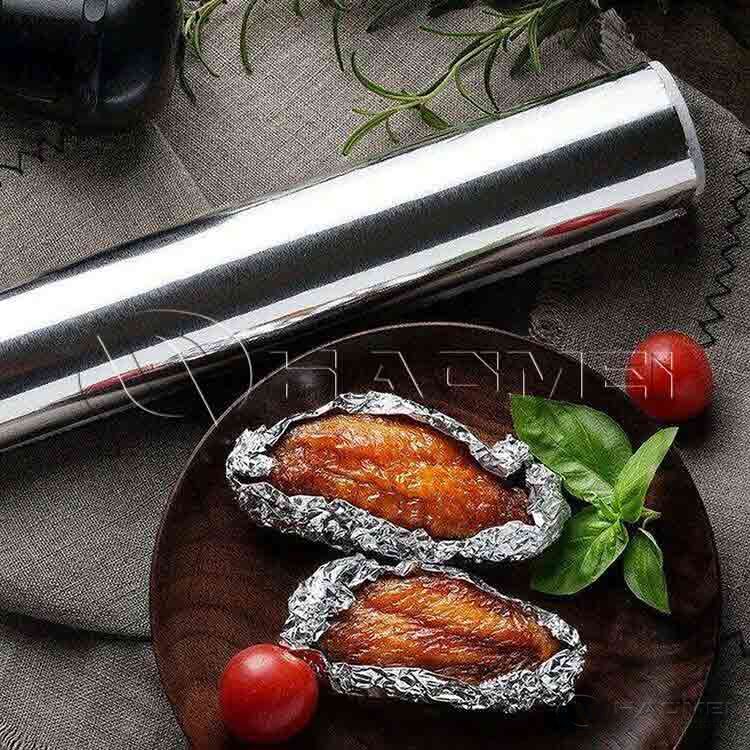 Many people think of aluminum foil as just a "wrapping tool," but in a barbecue setting, heavy duty catering foil offers much more than that; it acts as a "personal protective shield" and a "smart heat conductor" for the
Blog
Many people think of aluminum foil as just a "wrapping tool," but in a barbecue setting, heavy duty catering foil offers much more than that; it acts as a "personal protective shield" and a "smart heat conductor" for the
Blog
-
 Composition Purity 1050 Aluminum Foil: Aluminum content is ≥99.5%, belonging to basic high-purity pure aluminum, with no additional alloying elements added, resulting in a simpler composition. 1060 Aluminium Foil: Aluminum content is ≥
Blog
Composition Purity 1050 Aluminum Foil: Aluminum content is ≥99.5%, belonging to basic high-purity pure aluminum, with no additional alloying elements added, resulting in a simpler composition. 1060 Aluminium Foil: Aluminum content is ≥
Blog

Haomei Aluminum CO., LTD.
Tel/Whatsapp: +86-15978414719
Email: sale@alumhm.com
Website: https://www.alumfoils.com
Xin'an Industrial Assemble Region,Luoyang,Henan Province,China
Office Add: 1103, No.14 Waihuan Road, CBD, Zhengzhou, China

